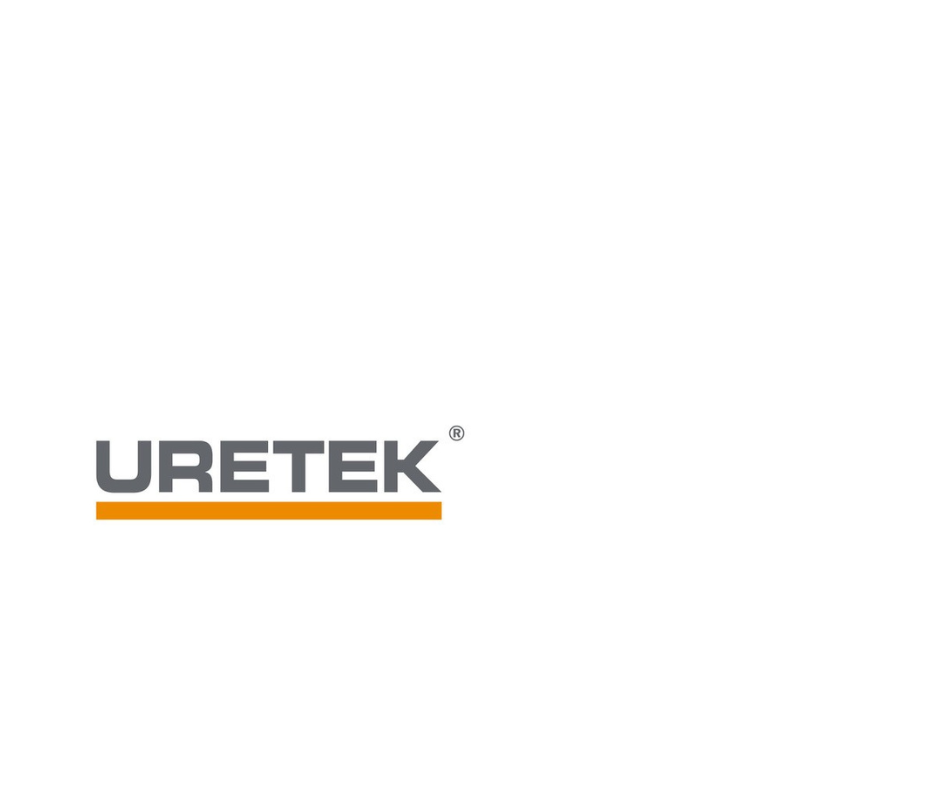Compared to cement mixtures, URETEK materials are more elastic, which is a huge advantage.
As the soil expands and shrinks (depending on its moisture content), cement mixture crumbles and loses its properties, turning to dust. Use of cement mixtures and silicating is not possible in case of soil with porous structure and high content of organic substances. Depending on soil acidity and humidity, the time required for concrete and silicate mixture to harden can be rather unpredictable. Cement mixtures exposed to impact and vibration loads turn to dust. URETEK materials do not have these problems and they are not affected by chemical composition of soil. All components necessary for reaction are mixed together during the injection process, reaction time can be predicted and controlled, and reaction does not depend on external factors.
Soil layers can expand and shrink as their moisture content changes. When strengthening foundation with concrete, a rigid structure is formed, which rises and falls according to changes in soil water content. Constant vertical and horizontal movement of soil leads to occurrence of cracks and damage to the structure under the building. Uneven soil layers further increases the risk of site destruction.
Silicating and cementing is prohibited in various soil types, e.g. porous soils due to surface water, which makes it impossible to achieve required properties by using these formulae. Due to chemical composition of soil, silicate and cement mixtures might not achieve required durability and turn into powder, which further deteriorates the load-bearing capacity of soil.
Advantages of cementing (and silicating):
- Presence of traditional engineering technology and knowledge;
- Wide technical application, as there are many theoretical studies available since post-war years.
Disadvantages of cementing (and silicating):
- it can be slow, because the result is not predictable even after project approval;
- dirty work, because cement behaviour in its liquid state is not predictable. This can be seen when taking a look at the overalls of cementing technician;
- labour-intensive process that requires numerous staff;
- outcome – whether the solution works or not – can be checked only after a certain while. This means that it is a long-term project in most cases;
- cementing is not an option in loamy or other soils that move and change over time, because it does not eliminate the reason of the problem;
- outcome of levelling and lifting of structures is not predictable.
URETEK’s solution:
This is a modern and proven method for strengthening foundation (used since 1978). Method encompasses injecting ecologically neutral resin under the foundation through small holes (diameter of 12–32 mm). Resin is inserted in soil, where it expands and hardens, filling all voids and cavities. During resin injection the building or other structure is lifted higher.
Process is closely monitored by technicians who use very sensitive laser equipment. Resin formula is carefully chosen according to climatic and soil conditions and purpose of works.
Advantages of URETEK:
- clean workspace: no need for excavation works, meaning that there is no dirt and waste;
- operative and fast: most projects are carried out within two to three days;
- works do not need major preparations and clients can continue using the site during works.
This method for strengthening foundations has been tested worldwide for more than 35 years and it will protect your object in future.


